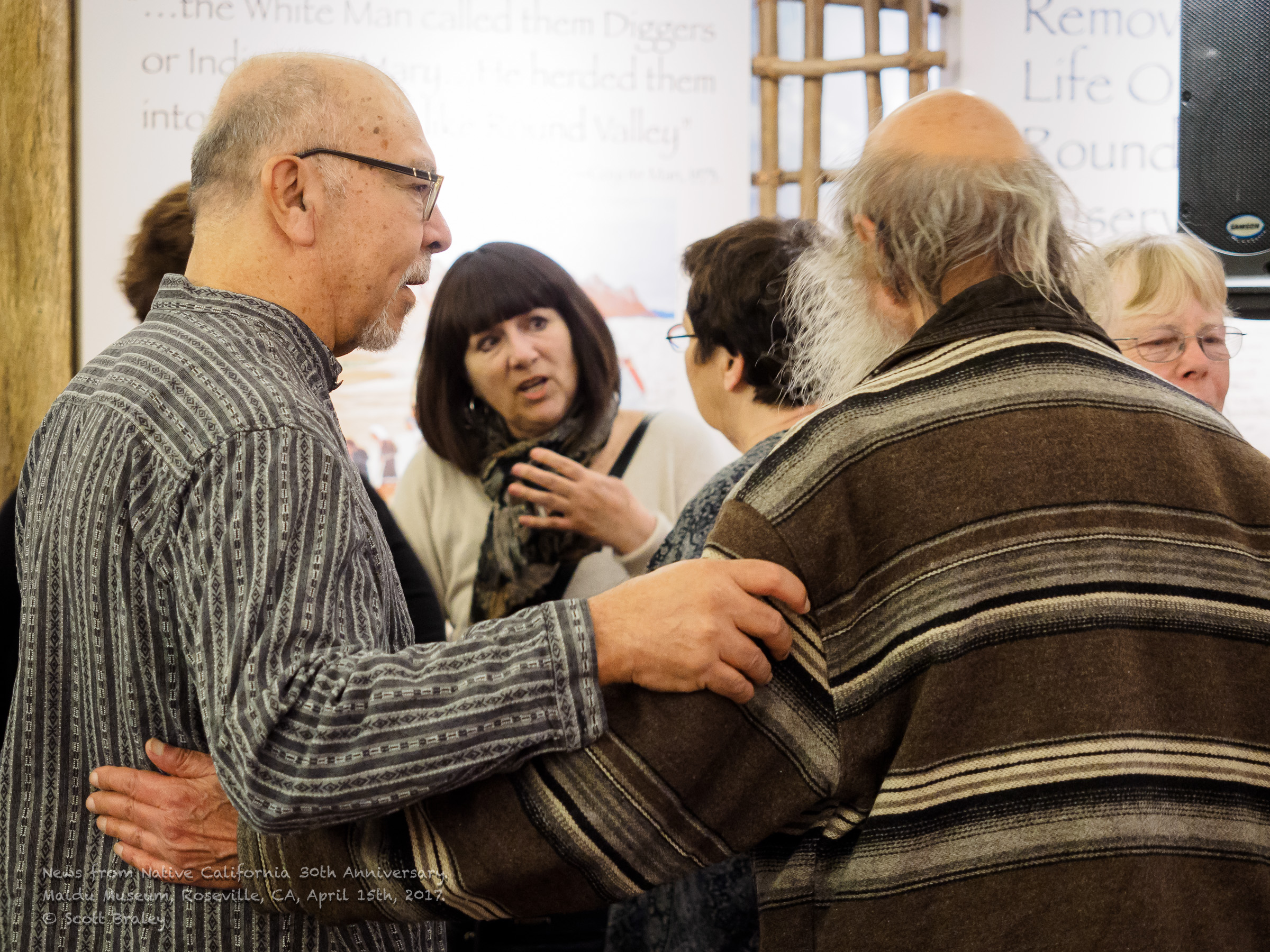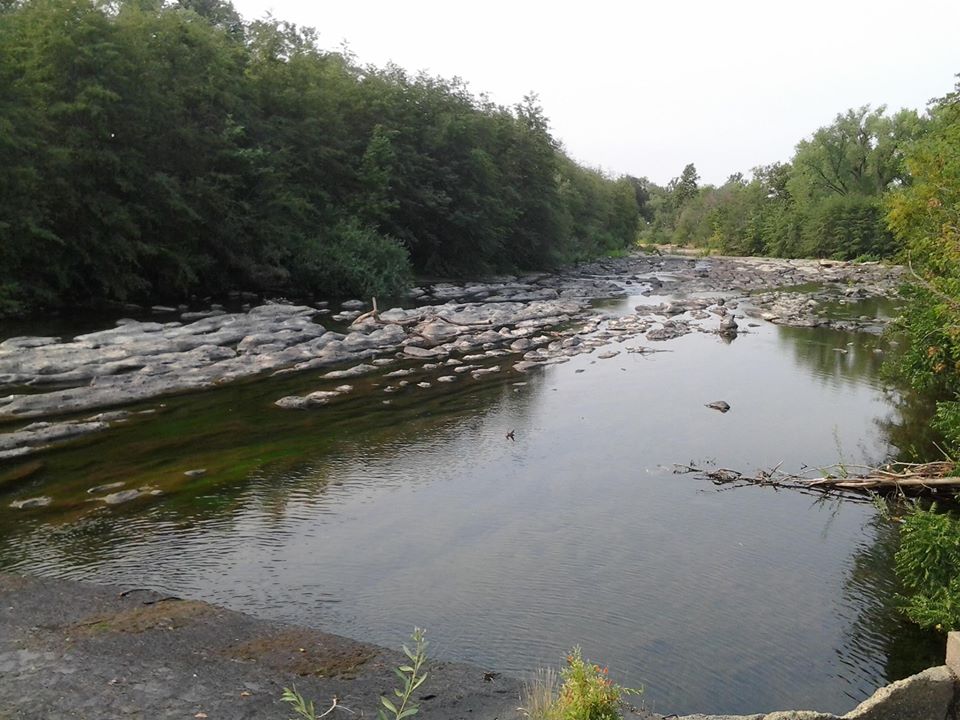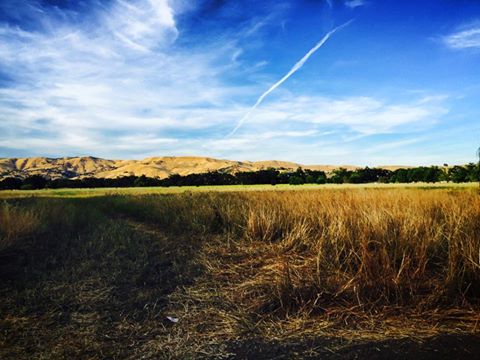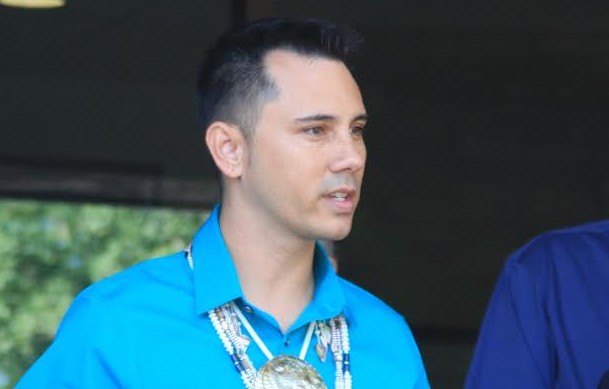
Yocha Dehe: A Success Story in the Seka Hills
by Samuel White Swan-Perkins
16 December 2015
Yolo County, situated near the Northern end of the Sacramento Valley, is an area rich in agriculture tradition.
For nearly 150 years farming, particularly almonds, grapes and olives, have been a boon for the rural areas’ lagging economic status. The Capay Valley provides an excellent terroir for olives and grapes; warm summer afternoons give way to cool, breezy evenings. Yet, the county seems equally blessed and blighted; some of the world’s most fertile soil lie in an area that has struggled for decades to keep small scale, family farming a sustainable practice. So, it came to as a bit of a surprise to locals when the Yocha Dehe Wintun Nation threw its hat in the ring with a bid to begin a winery and olive ranch.
A surprise, that is, to all save the Yocha Dehe.
As the original land owners and having thousands of years of recorded history in the hills and valleys, they recognized the potential to succeed in winemaking and their potential for being the first California Tribe to try their hand at vinting nearly two decades ago. They sent one of their own, Tara Gomez, to Allan Hancock College and Fresno State for her education at their renowned enology departments. After school, she apprenticed at Fess Parker Winery, worked at J. Lohr in Paso Robles for a number of years and then went on to craft her own label, Kalawashaq’ Wine Cellars. By all accounts, Gomez has excelled at a very difficult task. Malolactic fermentation, let alone any processing of a crop is no easy process, and is a bit of an art, one that Yocha Dehe tribal chairman Marshall McKay (and Gomez’ uncle) shares,“that everybody should know: how to produce and take care of and harvest a crop, and use that crop.”
Now, nearly a year after opening their vineyard and tasting room, business is booming in the Capay Valley. The Séka Hills Tasting Room has been well received and even had a feature on NPR. The once impoverished nation is showing signs of prosperity: a 2012 write up in the wine enthusiast publication Wine Spectator was a coup as their offerings were well received by a notoriously difficult-to-please crowd in a very tough industry.
Inside the tasting room, samples of olive oil as well as an in depth view of the olive oil making process are displayed for visitors. The sprawling, nearly 14,000 sq ft venue is an excellent draw for tourists to the Capay Valley. Recent additions to their tasting menu include Séka Hills Wildflower Honey, seasonal nuts and produce. Set overlooking the scenic, rolling hills not so far from Interstate 5, the tasting room offers other North State culinary goods, as well as traditional food items from other American Indian nations. Cooking classes as well as wine tastings will be held in the Tasting Room, making it an education center as much as a destination for folks from the nearby Bay Area and Napa Valley.
Given the success of their inaugural year, the Séka Hills Tasting Room will remain a premier destination in the Capay Valley for years to come and will serve as a primer for other California Native nations across the State.
Samuel White Swan-Perkins is a contributing writer for News from Native California and the owner of White Swan-Perkins Cultural Consulting. He currently resides in Butte County and when he is not busy working as an activist/organizer enjoys going on hikes across Mechoopda Territory with his girlfriend and their two dogs.









